
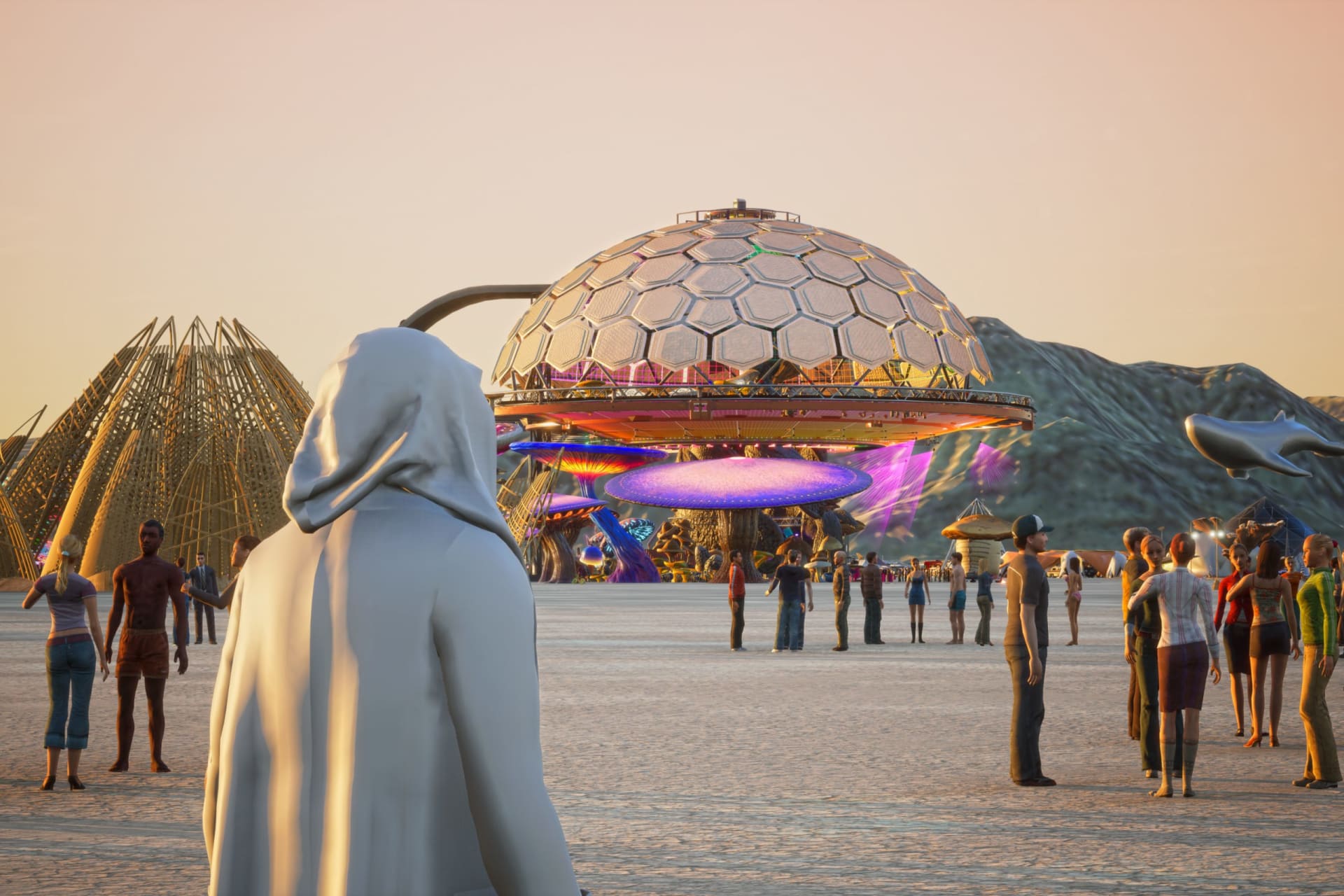
Dancing in the metaverse: a conversation with Burning Man
A chat with Colette Crespin, Burning Man Project's Director of Virtual and Interactive Experiences
As humanity switched to pandemic mode, some of the worlds’ largest gatherings went to the metaverse to keep their community alive. For the legendary Black Rock City event, that was the clue to go virtual. But how can we nurture those unique bonds online? How will those online events cohabit with IRL festivals? We spoke to the Director of Virtual Experiences at Burning Man Project, Colette Crespin, to find out more.
Where in the world are you right now? How has the festival season been in your area, both online and offline?
Right now, I am at home in Palo Alto, California, where we have spent most of the year due to COVID restrictions. We have made it our own paradise and festival! Summer season was really exciting for us for many reasons; Virtual Burn, small in-person gatherings, Gerlach, Fly Ranch.
How would you compare it to 2020’s festival season and the public’s mindset?
The 2021 event and festival season was very different to 2020’s, insofar as last year felt like a very emergent reaction to a global pandemic. Online events, festivals and experiences were in their prototype phase out of sheer necessity and comradery. This year felt a lot more organized and tailored, which had both pros and cons. The pros were that things were tighter, experiences were more slick, organizers knew what they were doing and participants/attendees knew what they were looking for. Some of the downsides were that many people were ‘Zoomed out’ and preferred in-person events to online ones. As vaccines rolled out in many places, we saw an increase of smaller in-person gatherings as a result. But even in many of the small in-person gatherings, there was an online component as well, which created a hybrid experience.
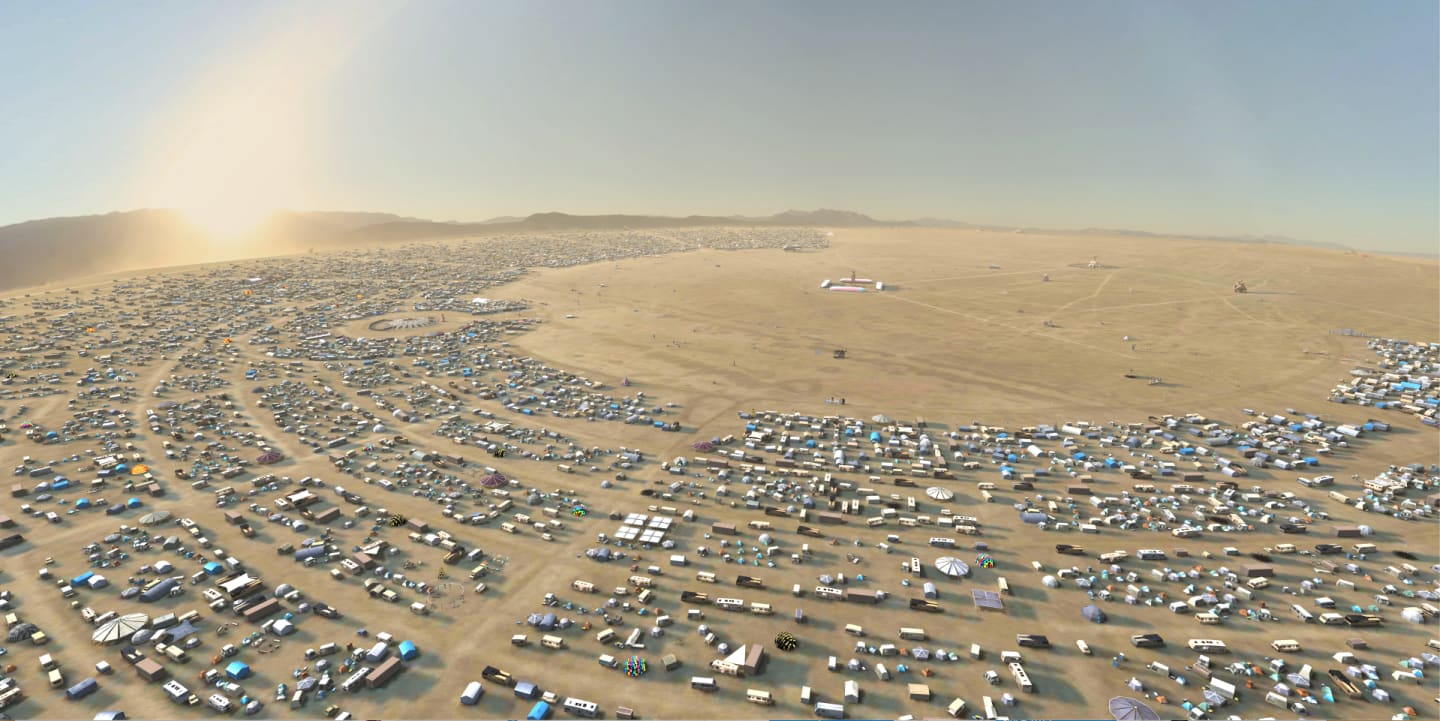
Can you tell us about your first Burning Man in 2009? What made you fell in love with the Burning Man culture?
I found out about Burning Man while at University (Film School, Bournemouth, UK) in 2001. I met this woman from California who had been to Black Rock City with her boyfriend, and I was just smitten from that first moment I saw her Kodak photos all beaten up in her wallet. There was no YouTube or Facebook then, and it felt so ‘Mad Max’ to me, and just blew my mind — I wanted in! I tried to go for many years, but life took me in other directions, and in 2009 that same friend living in San Francisco had a baby, so I went to visit her for the summer. I had a ticket to go and friends to camp with, but at the last minute, it all fell apart. I was pretty upset and reluctantly sold my ticket.
Then, the Wednesday before the Burn, we went to a friend’s house for dinner who said they were going to drive up Thursday and go for the weekend. I knew this was my moment. I asked to hitch a ride with them and sleep in the back of their van. We made the risky plan to get a ticket at the gate. We stocked up at Trader Joe’s, I borrowed a sleeping bag, and we bombed it to get there before midnight — we arrived at 11.55pm. I got the last ticket sale for the day at the gate and rolled around in the dust and rang that bell. I was Home. My first Burn was a really exciting, liberating experience that showed me I can trust life and people and that things always work out just as they should.
During that first Burn, I fell in love with the idea that everything is exactly as it should be. The art. The concept of being able to just talk to anyone, any time. Sharing, Gifting, fully experiencing life, and taking a moment to breathe and be totally present.
Which elements of this experience are you trying to give life to in a digital environment?
We have worked hard to bring these elements of serendipity and openness into the digital experience with the Multiverse in 2020 and the Virtual Burn in 2021 in a number of ways. We worked with experts such as Michal Ronen, who specializes in social intimacy in a digital realm, to learn how to build trust and emotional connection online. We spent a long time talking about censorship, found ways to keep people safe online, and created a huge team of volunteers that filled the role of Black Rock City Rangers in the digital space, to help participants who felt threatened or needed help. Even virtually, we lived by the 10 Principles, such as Radical Self-reliance, Civic Responsibility, Communal Effort, and Leaving No Trace, practices that positively guide members of the Burning Man community toward becoming better global citizens.
We didn’t want to just recreate Black Rock City online. We wanted to elevate and adapt the Burning Man experience for an online audience. It would have been arrogant to think that, as the pandemic hit, we could have simply pivoted in-person social gatherings to online experiences, and they would have the same impact.
Humans have become incredibly complex since the turn of the century, with shorter attention spans, multi-screen habits and simultaneous stimulus. The whole nature of online interaction is different, so to ensure maximum engagement, impact, and positive interaction, a new vision needs to be created.
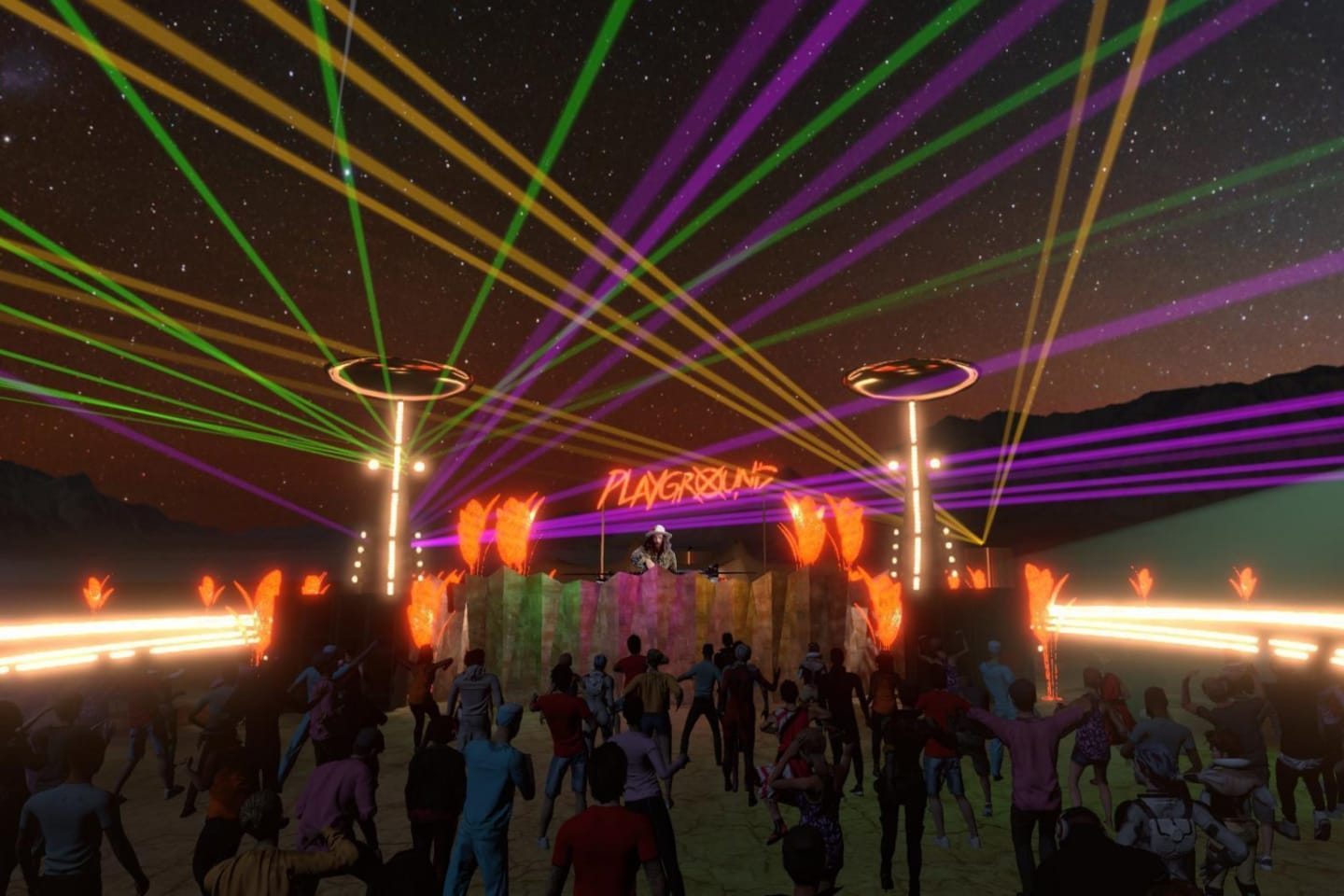
You have an impressive CV with an array of experiences across film, wellbeing, festival production, PR, writing… What brought you to the specific and inspiring role of Director of Virtual Experiences and Kindling?
The inspiration for this role was simple for me: Burning Man Project totally aligned with my own principles. I fell in love with the idea of creating something new. I am an entrepreneur, and an opportunity to build and diversify an offering doesn’t come along often — I was just enraptured by it.
You are currently working at the complex junction between virtuality and human bonds, bringing a sense of community and social purpose into the digital, virtual experience of Burning Man. What does a normal day at work usually look like for you?
A typical day is probably much like many others… Then I pause and realize I work at Burning Man Project — it’s never going to be typical! We have a decentralized method of working, so everyone has a voice, an opinion, and we value all of them. We sometimes start the day with a personal check-in. Sometimes we laugh, we cry, we share, just like we do on Playa. We have creative virtual Zoom backgrounds, we wear fun outfits, we give each other gifts. It’s definitely not a typical working environment, and I love it. The culture helps us deeply care about what we are creating, and brings a new type of magic to the generative energy. We dissect and talk a lot about our community, our values, and our goals.
The Virtual Burn was born in 2020 during COVID, sort of out of necessity, filling a void as large gatherings and festivals suddenly became an unreachable dream. Would you say it delivered in bringing the community together during ‘Burn Week’?
100%. Not only did we serve and bring together our existing community, we also reached a new audience. 51% of those who came to Virtual Burn were actually new to Burning Man culture. Not only that, but we engaged more than 160 countries and brought a new level of engagement to our community. Possibly one of the most compelling aspects was it was decentralized — in this case meaning there were eight Virtual “Worlds” to explore, and they were all created by our community.
This element will show content from various video platforms.
If you load this Content, you accept cookies from external Media.
As some festivals managed to happen and clubs reopened their doors last summer, it is unclear to us how popular those online events will remain in the long run as we crave real life interactions. Would you expect as many Virtual Burn attendees if the IRL Burning Man were to come back to Black Rock City? Do you think the two experiences can coexist and complement each other?
This is such an interesting question and one that is somewhat unknown for now. What we do know is that the seven virtual worlds that were active this summer are busy ideating for their offerings in 2022, and some even throughout the course of the whole year. With other technology platforms and organizations embracing new ‘metaverse’ type environments, now that we have started on this trajectory, it isn’t going away — it will just change and evolve as society does.
What virtually happened to the Temple burn, considered by many as one of the highlight of the Burning Man experience?
The Virtual Temple Burn was a stunning experience and one that everyone could access and share for free. It was a virtual ritual and tribute burn that happened on Sunday of Burn Week. We had many people tapping in across the globe to experience it together, as they would in Black Rock City. Full credits for the Temple (…) on the webpage. […]
How did the Virtual Burn go in 2021? What would you change or improve for the next edition?
Virtual Burn in 2021 was great! It was more refined than the year before; we had a super sexy landing page with our own virtual bell ring and access to all of the Virtual Worlds. Like in 2020, more than 50% of our audience was new to Burning Man culture and reached out beyond our 160 countries from 2020. We addressed feedback and concerns we heard from our community from 2020. We are always learning and bringing humility to all experiences. For the future, we will look to more decentralized ways of working, engaging and manifesting as well as hybrid experiences to connect those on Playa to those online.
Which one of the six licensed Worlds was your favourite, and why?
In the spirit of Burning Man and Radical Inclusion, we don’t play favourites. There is something for everyone! We purposefully included several Worlds to allow for people to have experiences that they resonate and connect with — be it the technology platform, the aesthetic, the music, or just knowing the people. We have a huge amount of love for all of our Virtual World partners and encourage everyone to check them all out to decide for themselves which one they enjoy the most!
If you don’t mind me asking, have your children ever attended the virtual Burning Man experiences? Would you consider the URL festival experience safer in general for younger punters, like a new gateway that could bring even more people to get initiated to the culture and attend festivals?
In fact, I am thrilled you ask, as we spent many hours discussing this topic! I would not say it is not necessarily safer or less safe. It all comes down to the self-reliance and responsibility of those guardians/parents who help chaperone and guide children in both the in-person and online experiences… There will be age-appropriate or age-inappropriate features in both spaces, and we spent a long time working with the Worlds about censorship and protection of minors when in the Worlds.
It’s definitely a less dusty way to welcome kids into this creative space, and there were definitely a lot of activities that were child-friendly.
How would you say the future of online events is shaping up to be?
It’s truly a mixed bag. Some people are very invested in the future as a ‘Metaverse,’ and others just want to go back to hugging in person…
What’s the best tip you would give to a newbie Virtual Burn goer?
Try everything! Talk to everyone you come across. Trust the process.
Find more information on how to access Virtual Burn via the Virtual Burn 2021 World Access Guide.
Credits:
Images courtesy of the Burning Man Project.
Published December 15, 2021. Words by Marie Dapoigny.







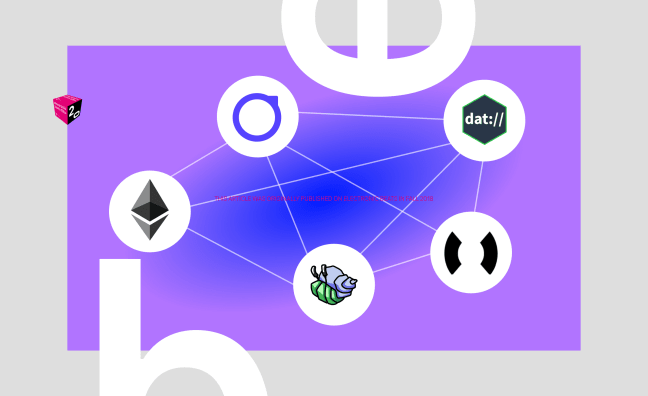














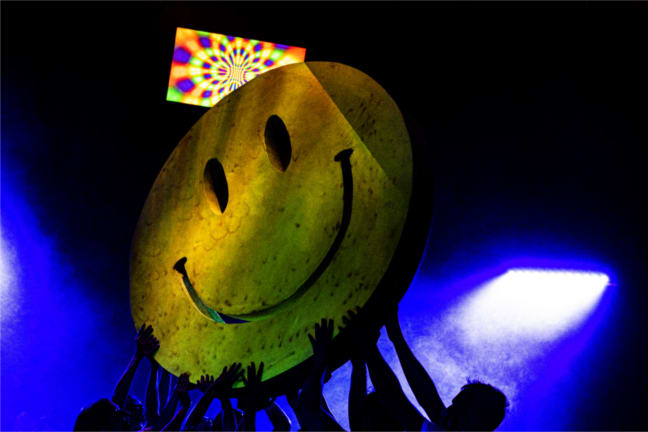


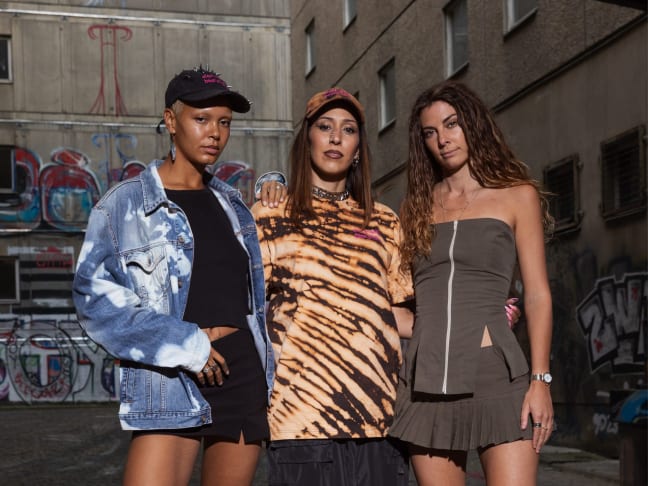





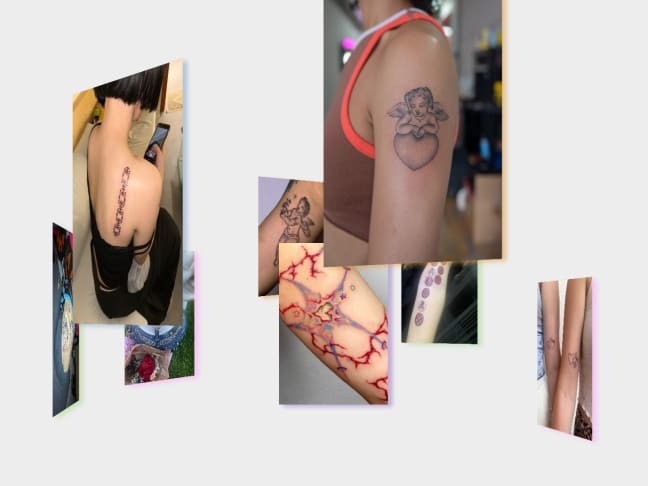



















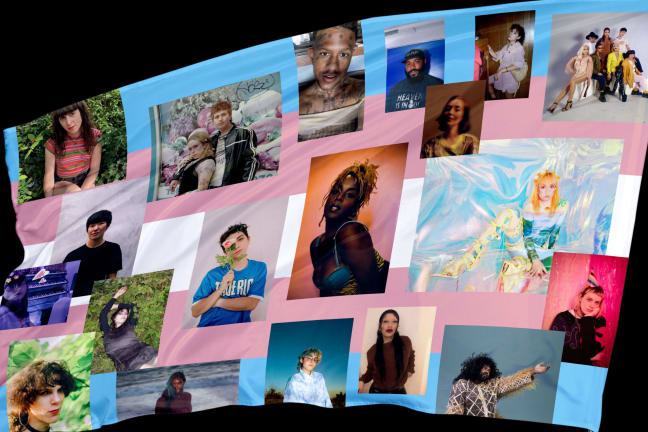
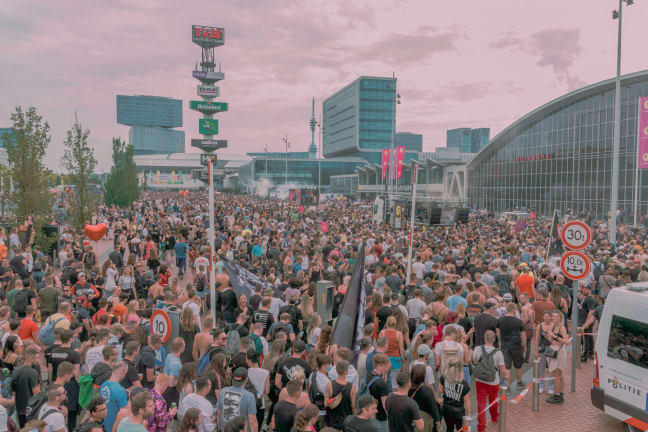





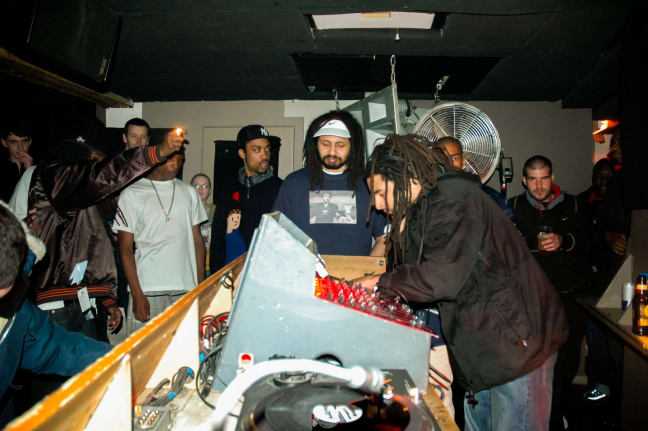






































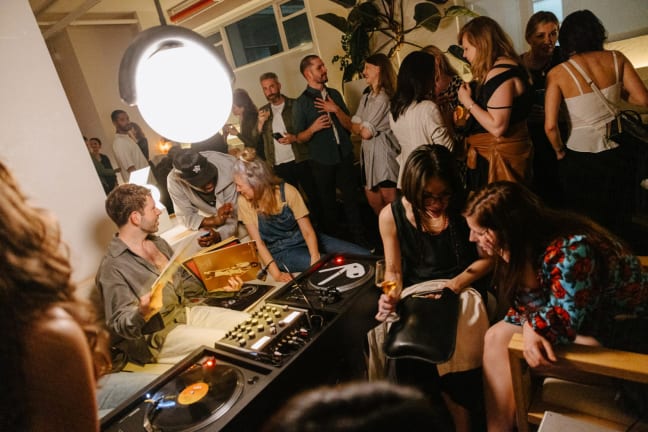

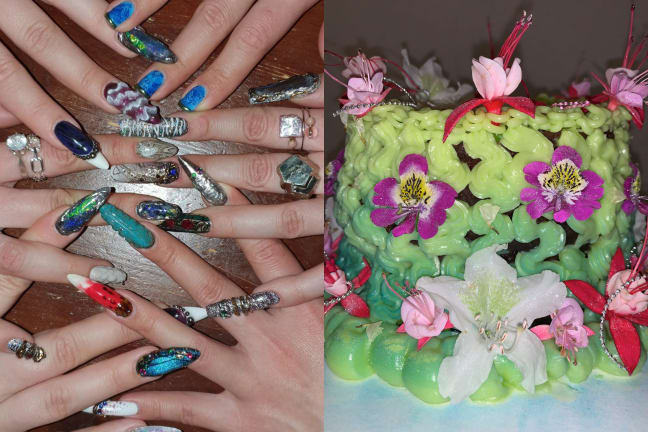
Follow @electronicbeats